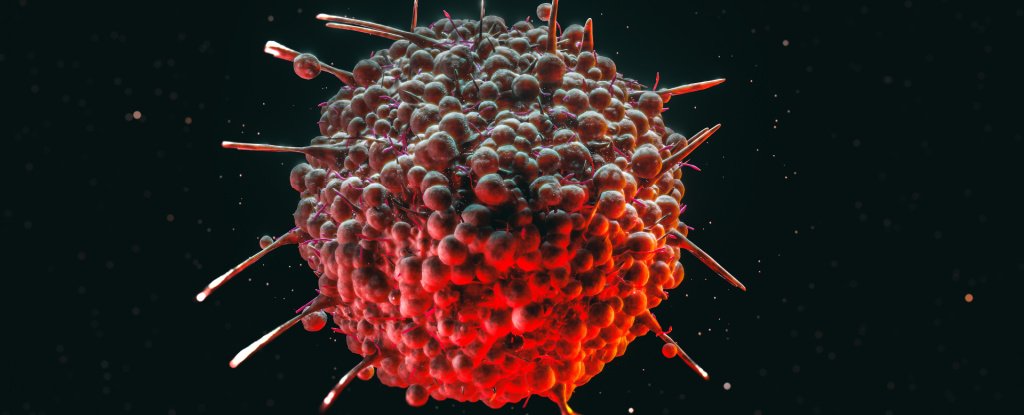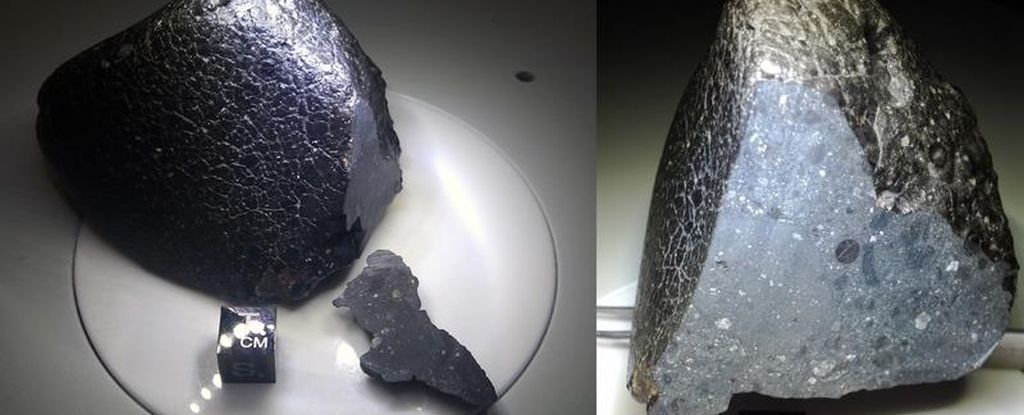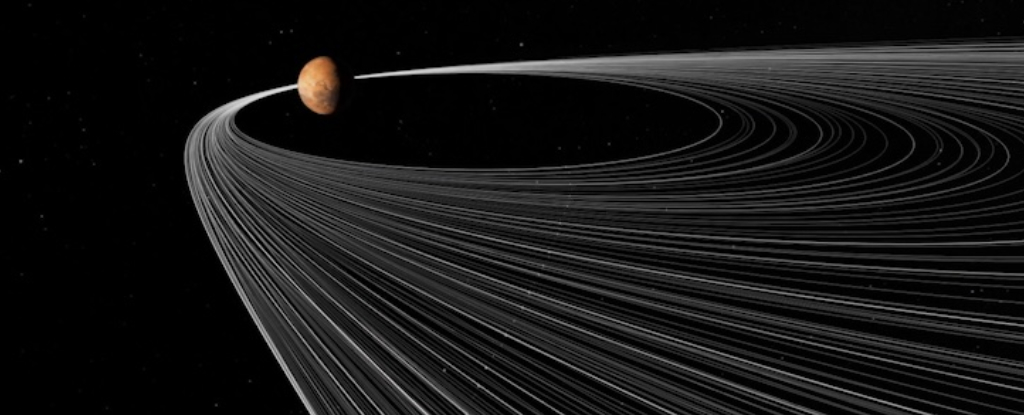ARTICLE AD
Around 66 million years ago, a rock over 6 miles wide collided with Earth, triggering the mass extinction of all non-avian dinosaurs and leaving a giant impact crater off the coast of Mexico, which to this day contains clues to the cataclysmic event. However, little has been known about where the space rock came from and what it was made of.
To learn more about the Chicxulub impactor, a group of researchers analyzed samples from the crater and compared them with samples from other impact craters that formed between 36 million and 470 million years ago. They found traces of a rare element called ruthenium, which matched the composition of carbon-based asteroids in the asteroid belt that sits between Mars and Jupiter. However, the new study, published in Science, suggests the dino-killing rock may have originated much farther away, in the outer regions of the solar system. Around 4.5 billion years ago, Jupiter’s extreme movements nudged it into the main asteroid belt, and it eventually met its fate on Earth.
“This was a cosmic coincidence 66 million years ago,” Mario Fischer-Gödde, a scientist at the Institute of Geology and Mineralogy at the University of Cologne in Germany, and lead author of the study, told Gizmodo. “We don’t know exactly what triggered it, but it is very likely that it came from the asteroid belt.”
The study suggests that the asteroid may have formed farther out in the solar system and migrated toward the inner solar system due to a disturbance of the orbits of the outer planets. Before settling into its position as the fifth planet from the Sun, Jupiter moved around quite a bit, traveling toward the center of the solar system, then back out again, and at some point coming as close as Mars. Jupiter may have stopped migrating toward the Sun because of Saturn’s gravitational field. But by then, the gas giant’s movement had influenced the solar system in a big way, causing some far-out asteroids to travel toward the inner planets.
Although it was known that the Chicxulub impactor came from our solar system, its exact origin has been debated. Fischer-Gödde believed that ruthenium could help scientists find out, and he developed a new technique that breaks down the chemical bonds of rock samples to find the rare element.
Ruthenium is one of the rarest metals on Earth, originally formed within ancient stars before making its way into the building blocks of planetary objects across the universe. The element was buried deep within Earth, way before the dinosaur-killing impact. Finding ruthenium in the Chicxulub crater samples eliminates other meteorite types and supports the hypothesis that the Chicxulub asteroid came from the outer reaches of the solar system.
Inner solar system asteroids contain less ruthenium isotopes. That’s probably because, when the planets were still forming, the inner solar system likely had higher temperatures. As a result, inner solar system asteroids are made of metal and silicates and contain less water, said Fischer-Gödde. The outer solar system asteroids, on the other hand, contain more volatile elements like carbon, hydrogen, and nitrogen.
The researchers behind the new study say these huge asteroid impacts are less likely today, under the current, more stable conditions of the solar system. “So the good news is, there are not many bodies straying around wildly in our solar system,” Fischer-Gödde said. “Everything is in a stable configuration; there would have to be some kind of disturbance, like a collision, to produce an Earth-crossing asteroid.”
For his next investigation, Fischer-Gödde wants to analyze samples from the Moon to identify the culprits behind the craters that litter the lunar surface. “The Moon’s crust provides a record of impacting bodies that were hitting both the Moon and Earth,” he said. “So, if we want to know about the type of asteroid material that impacted the Earth very early on in its history, like 4 billion years ago, we have to go to the Moon.”

 3 months ago
24
3 months ago
24 

